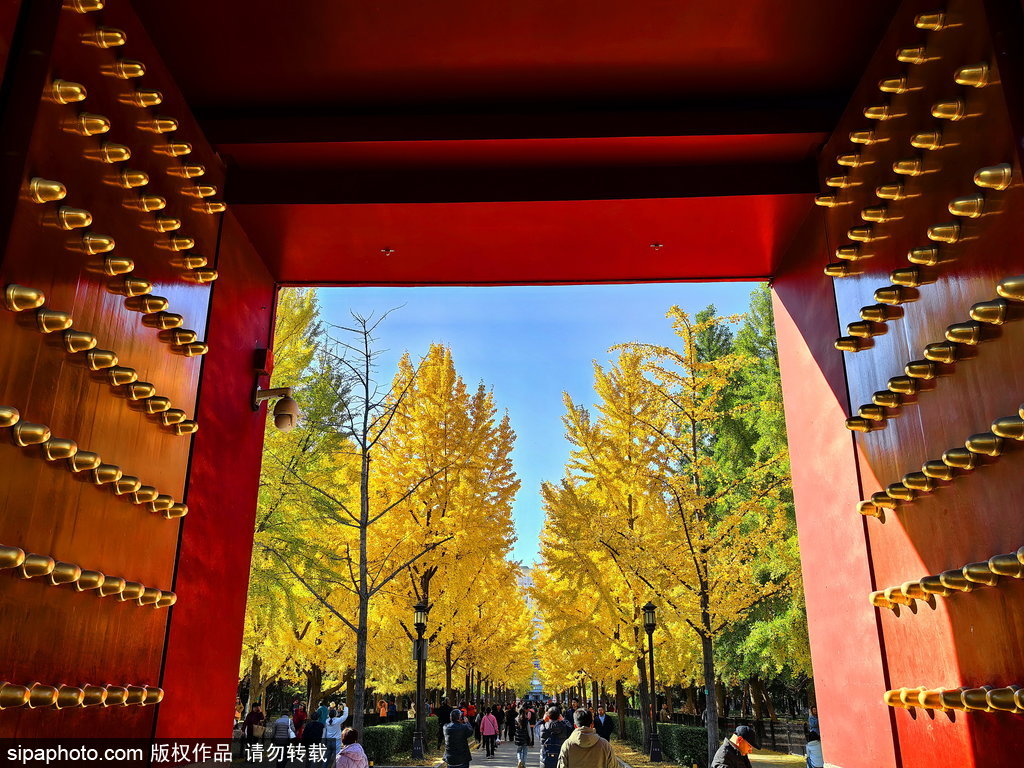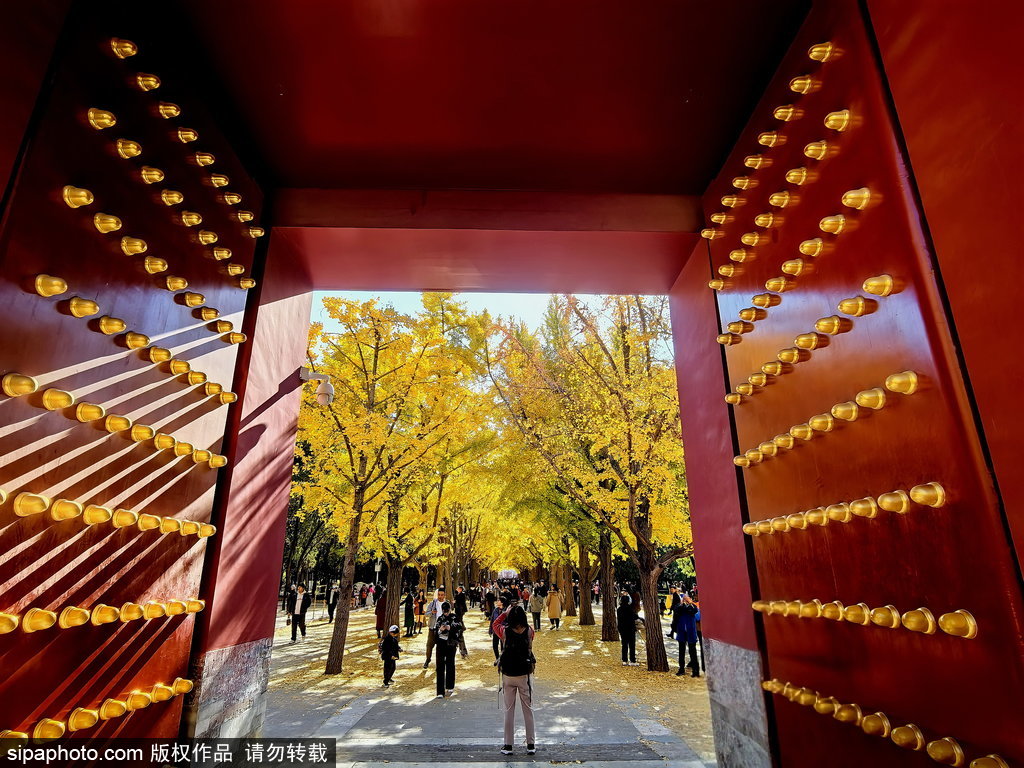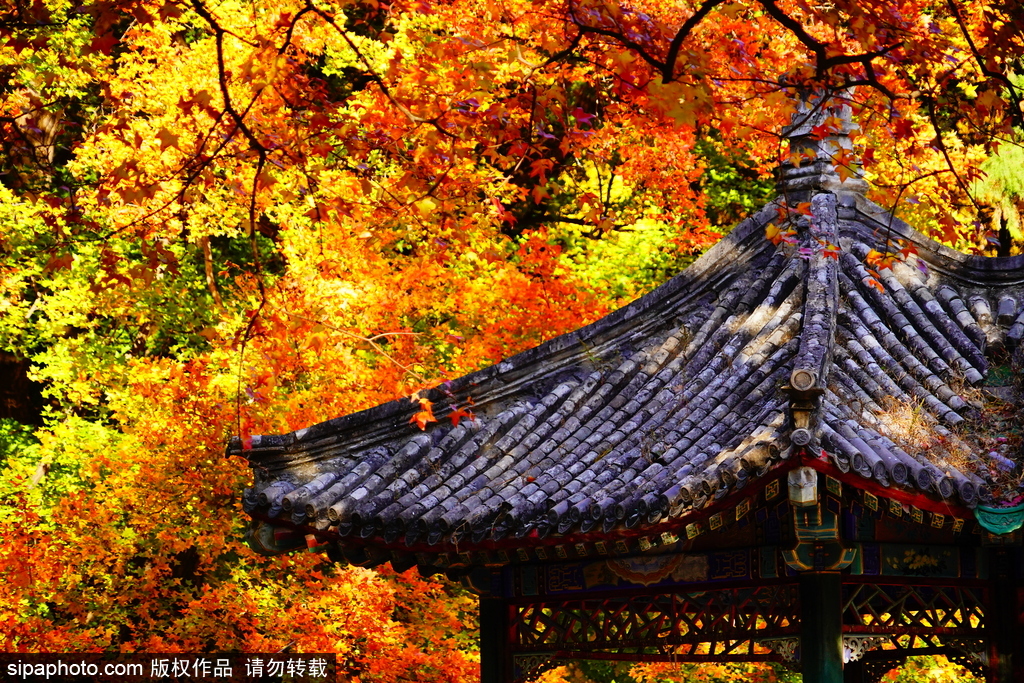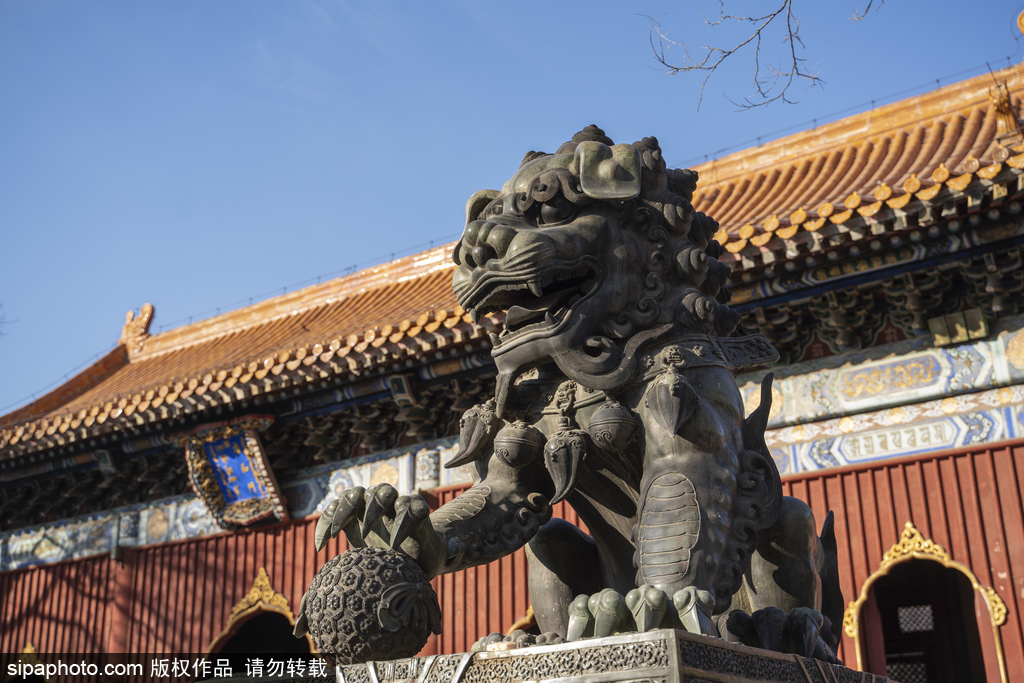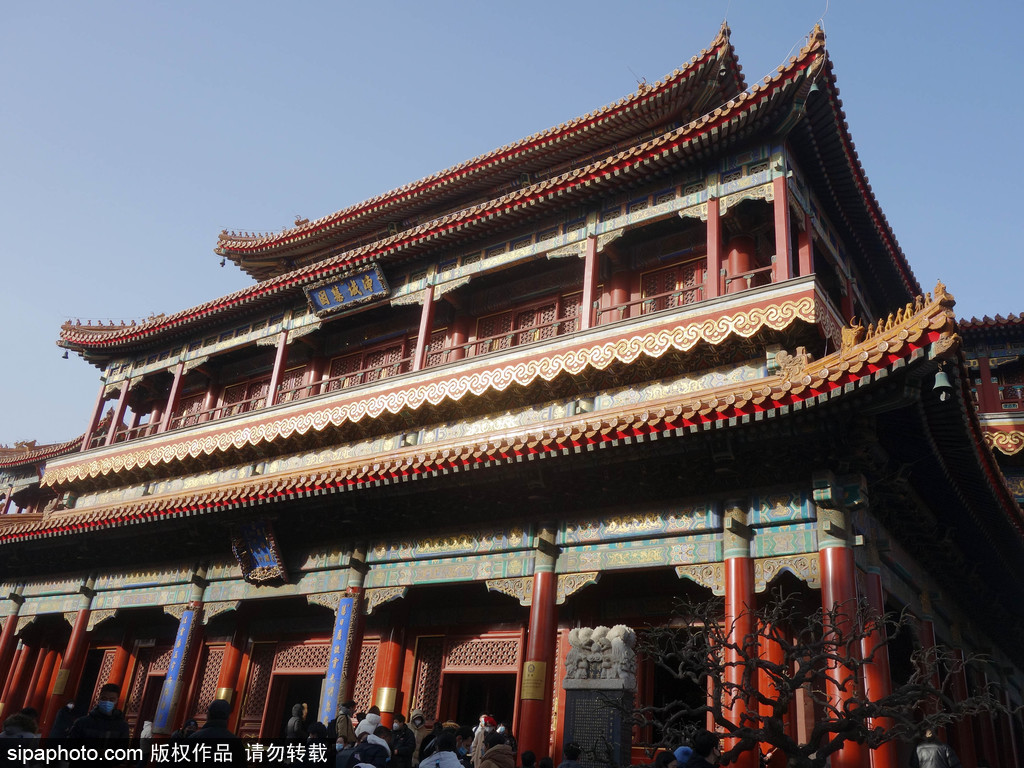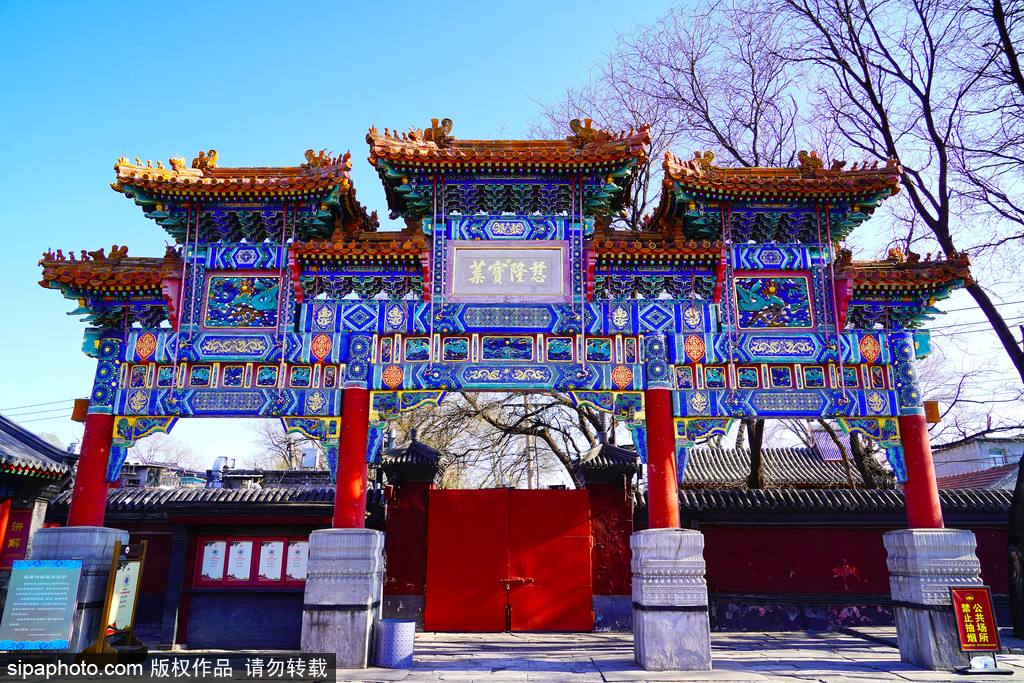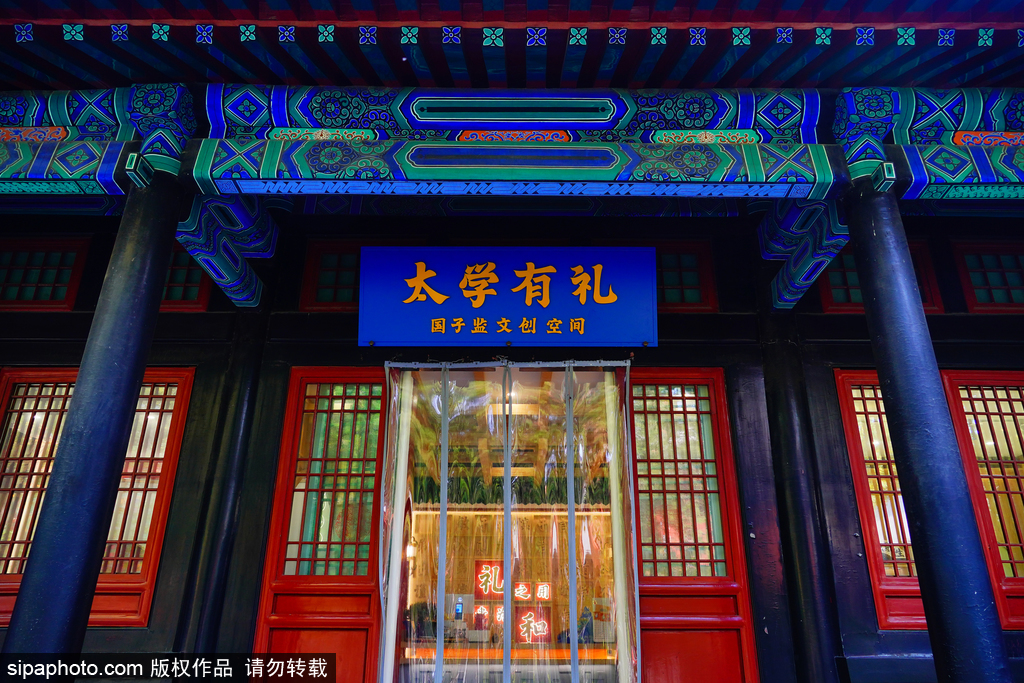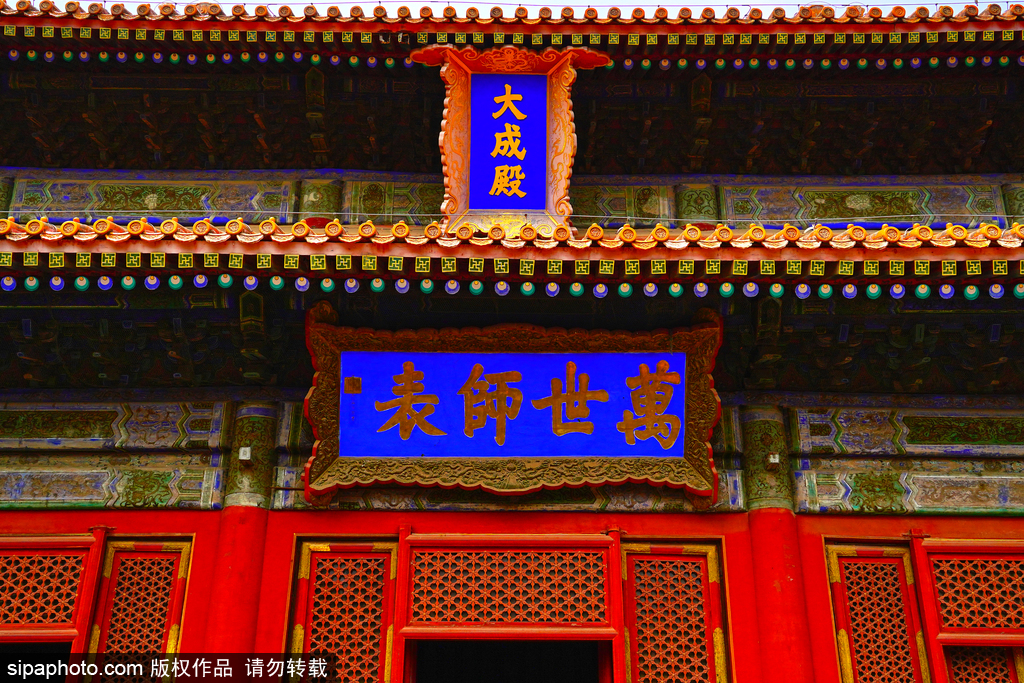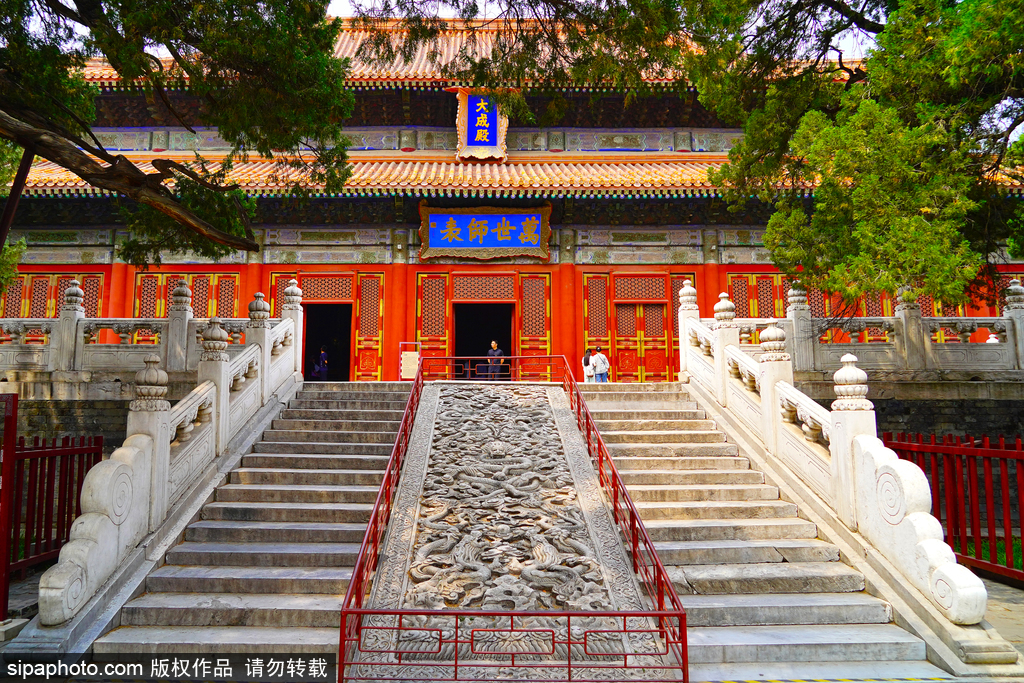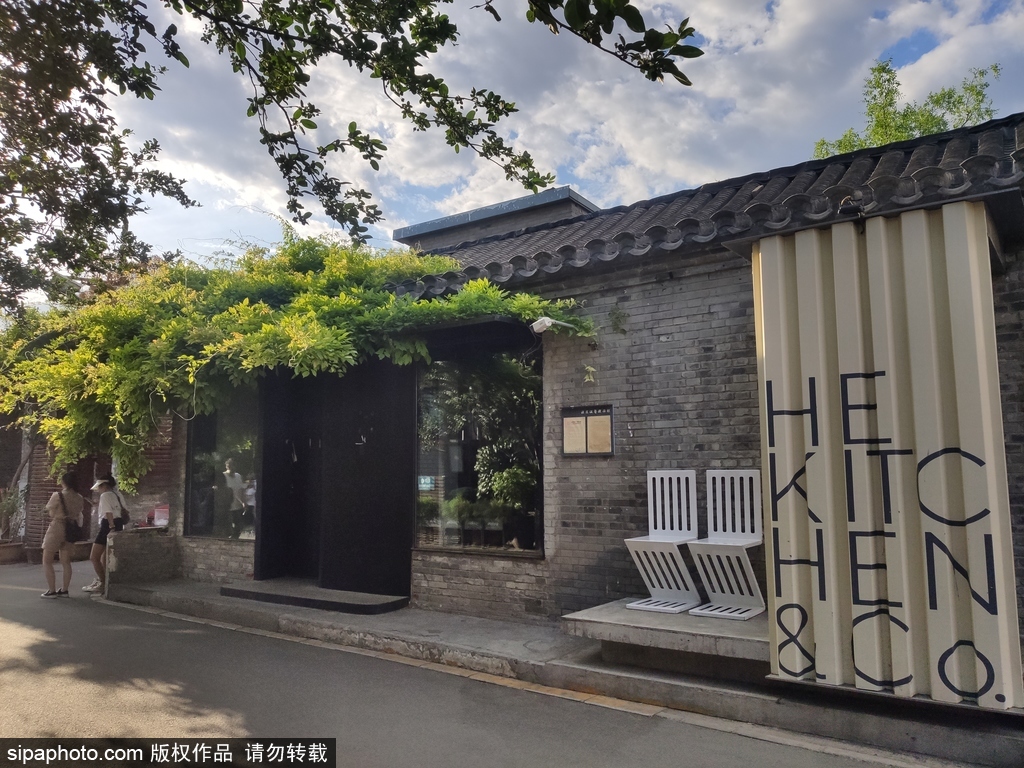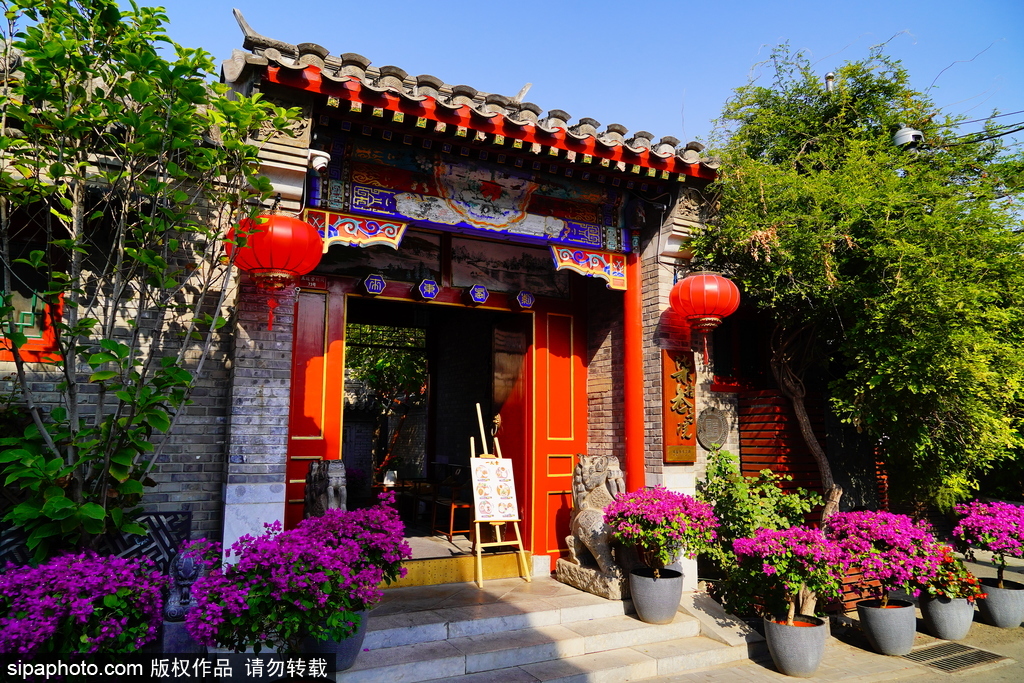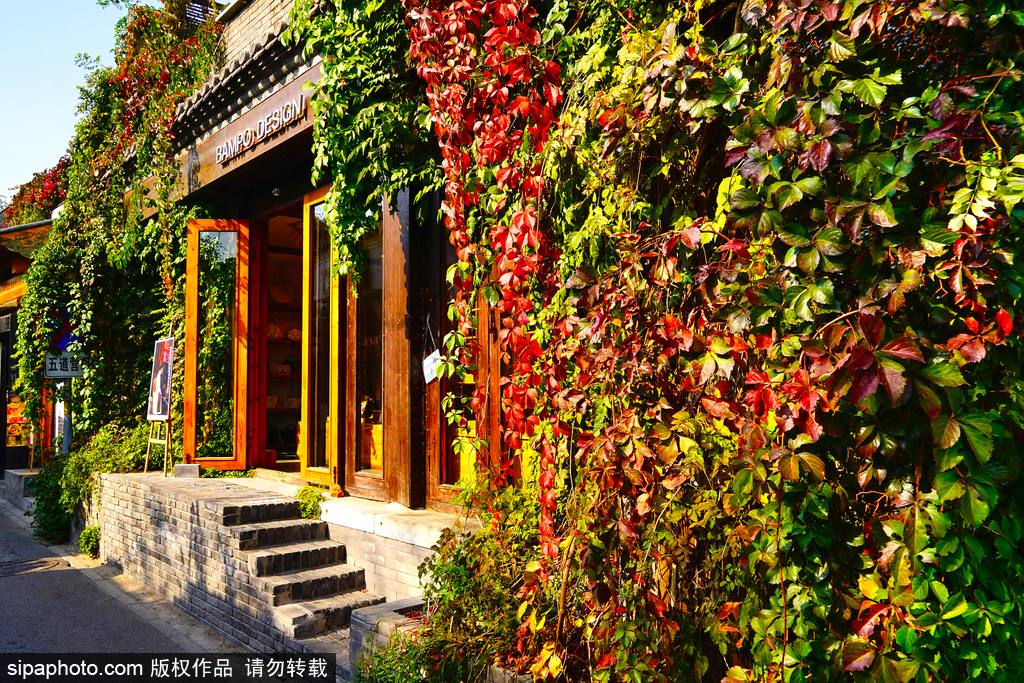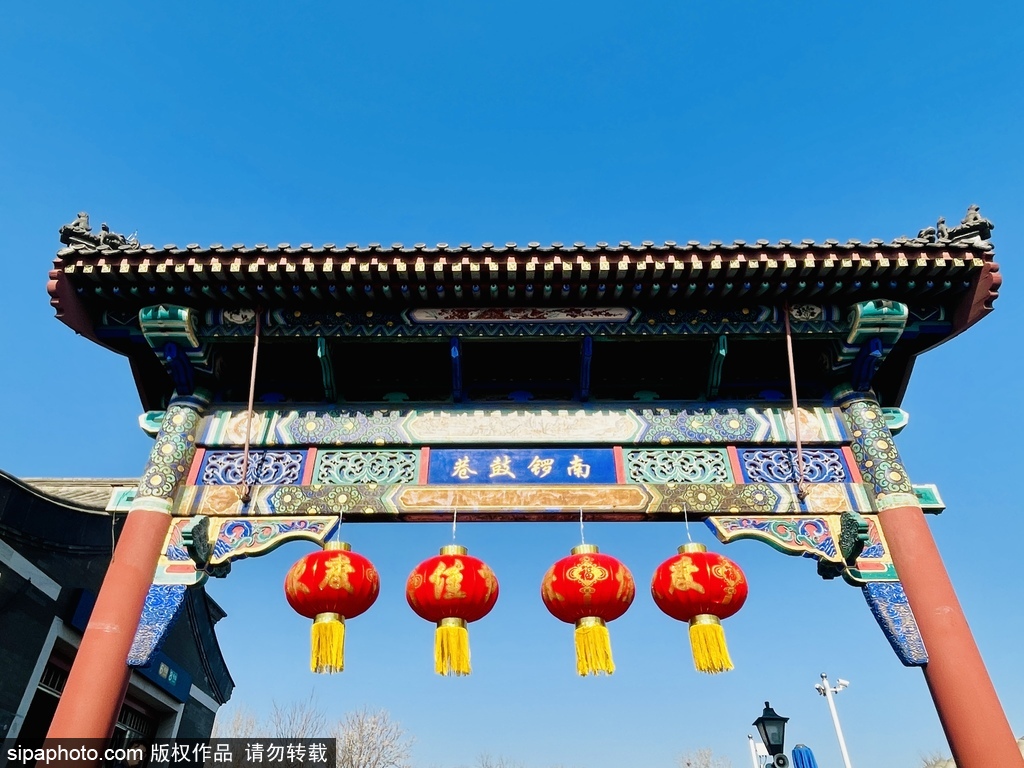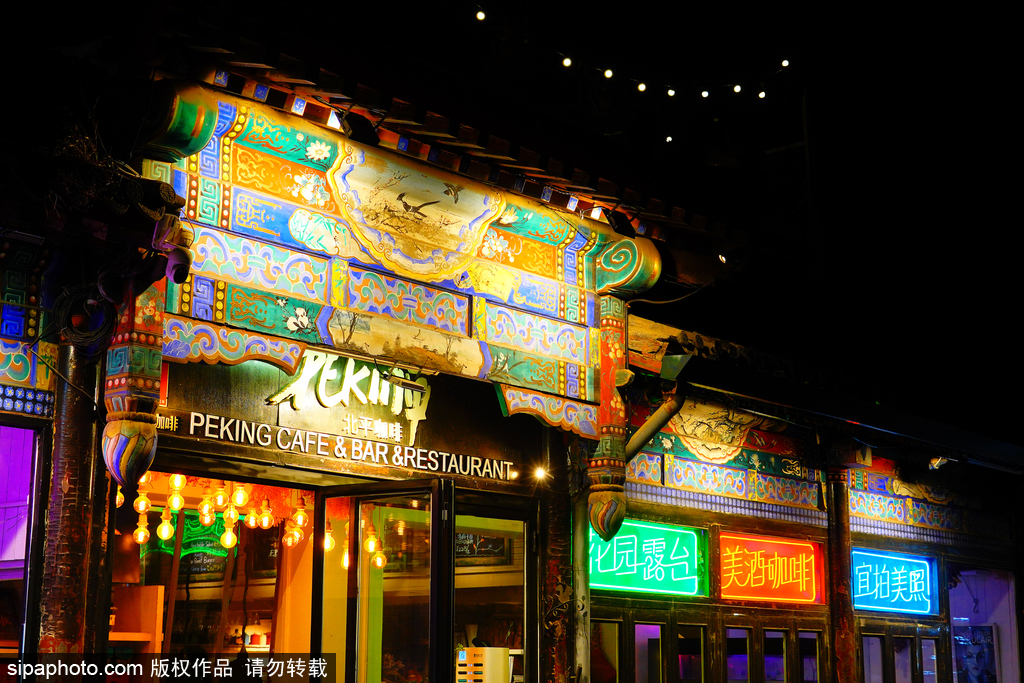Explore different things in Hutong of Beijing

-
Best Time:
All year round -
Recommended:
1 day -
Admission:
200-300 RMB 200-300 RMB
Features
The Temple of Earth, also known as the Altar of Fangze, is the second largest of the five altars in the ancient capital of Beijing. The Yonghe Gong is located in the north-east corner of the North Second Ring Lu(Rd), where the Kangxi Emperor built a residence in 1694 and gave it to his fourth son, Prince Yong.Beijing Confucius Temple covers an area of 22,000 square meters with three courtyards. The buildings on the central axis are the Xianshi Gate, Dacheng Gate, Dacheng Hall, and Chongsheng Temple.On both sides, there are 198 inscriptions of Jinshi(advanced scholars) from Yuan, Ming and Qing dynasties.
- Ditan Park
- Lama Temple
- Temple of Confucius and Guozijian Museum
- Wudaoying Hutong
- Nanluogu Xiang (Alley)
It is the place where the emperors of the Ming and Qing dynasties worshiped the "imperial earth god" and is the largest surviving altar of the earth in China.
The Yonghe Gong is located in the north-east corner of the North Second Ring Lu(Rd)
Beijing Confucius Temple covers an area of 22,000 square meters with three courtyards.
Wudaoying Hutong is tranquil, artful, and slow-paced, telling a new story of the old Hutong with another appearance.
Wudaoying Hutong has now been positioned as a lane featuring tourism, leisure and cultural experience. Due to the well-maintained appearance and pleasant environmental conditions, many people choose to start business here. There are many cultural stores, including diverse creative shops, tranquil cafes, exquisite handicraft workshops, cat-themed handmade porcelain shops, and elegant vegetarian restaurants, which can be seen everywhere in this place.
The shop owners on both sides have planted abundant characteristic green plants, which make a pleasant shade in summer while boasting reddish leaves in autumn. Thus Hutong is covered with picturesque views throughout the year. The delicate things like customs and culture need to be appreciated by people who are calm.">Wudaoying Hutong is an old lane stretching from Yonghegong Lama Temple Street in the east to Andingmen Inner Street in the west. Meanwhile, it connects with Jianchang Hutong in the south. Wudaoying Hutong, which is 632 meters long and 6 meters wide, has 69 courtyards, making itself the first choice for visitors to have a rest and seek serenity after visiting the Yonghegong Lama Temple. At first glance, it looks like Nanluogu Alley, and after walking around, you'll feel the difference between the... View attractions guide
Nanluogu Xiang (Alley) is located in Dongcheng, Beijing
